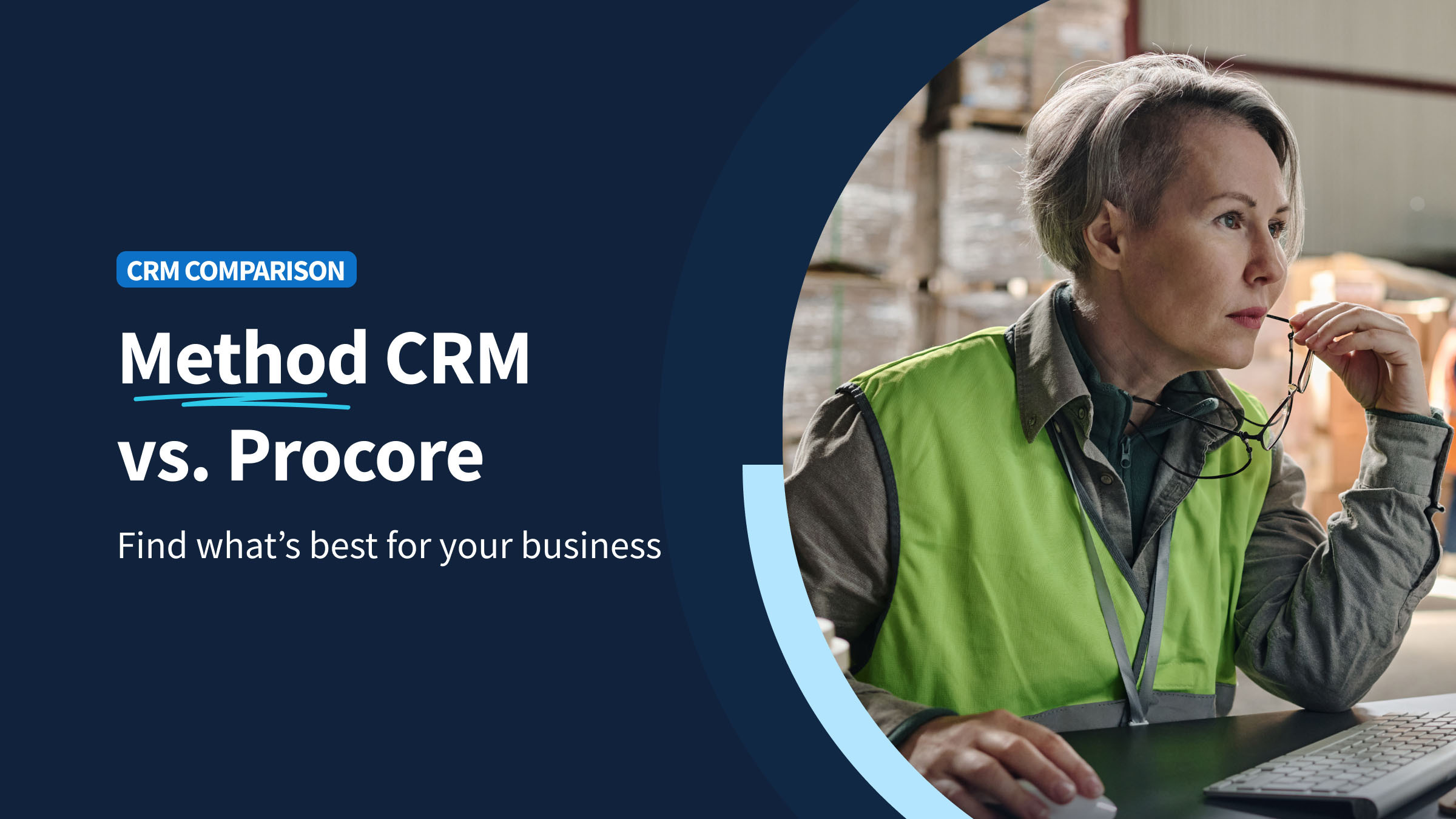Invoicing is a crucial part of running a business as it’s what connects you to your final payment.
Having a proper invoice process is particularly important for independent contractors, especially those with subcontractors awaiting payment. If you’re wondering how to bill as a contractor, you’ve come to the right place.
In this blog, you’ll learn how to invoice as a contractor, including:
- How to create an invoice for contract work.
- When to invoice your customers.
- How to deal with late or unpaid invoices.
What is an invoice?
The first step to learning how to invoice as a contractor is becoming crystal clear on what an invoice actually is.
Simply put, it’s a commercial document that you give to your customer at the completion of a job. For every job you take on, your invoices should detail the work that your company has done and the total amount your customer owes.
Let’s look into some of the main reasons that invoices are important for contractors.
The importance of invoicing as a contractor
It’s essential that contractors know how to invoice properly for contract work.
This is because, for one, contractors often have subcontractors awaiting payment. Many contractors rely on payment from the completed job in order to pay these subcontractors.
What’s more, a contractor invoice contains full details about the job and serves as confirmation for both the contractor and the customer of what was accomplished.
Finally, contractor invoicing is important for your business records. You’ll need your invoices for both legal and tax purposes in the future.
Just as you may have to send occasional quotation reminders, you might also need to send invoice reminders to your customers from time to time. Let’s discuss the best practices for invoicing to avoid reaching that stage in the first place.
Best practices for invoicing: How to invoice as a contractor
There are several things to keep in mind when it comes to invoicing for contractors. Whether it’s a major commercial renovation or minor home repair, your invoicing system should look similar.
To learn how to invoice as a contractor most effectively, here are some factors that you should keep in mind.
How to create an invoice as a contractor: Essential elements
Creating an invoice for contract work requires you to know the essential elements of an invoice. Independent contractor invoice requirements include:
- Customer information.
- Your business’ information.
- Job description.
- Invoice date and number.
- Final costs.
- Amount owed.
The good news is that most of this information should already be in your estimate. This means that you could use your estimate as the basis for your invoice. It’s likely that you’ll only need to make a few tweaks.
Setting up your invoicing system
Invoicing as an independent contractor becomes much easier once you configure a robust invoicing system.
For example, as mentioned, being able to turn your estimates into invoices is a powerful skill that saves time and ensures accuracy.
As a starter system, try to actively keep track of the work that you do and update your estimates throughout each job to minimize your amount of invoicing work.
Timing and frequency: When should you invoice a client?
Knowing how to send an invoice as a contractor also involves knowing when to send it.
You should invoice your customer as soon as you finish a job. This ensures that the invoice remains top of mind and increases your chances of getting paid on time.
If you do recurring work for a customer, you should establish a system that standardizes how often you invoice them. Ideally, recurrent invoicing should be consistent — whether you schedule it weekly, monthly, or quarterly depends on the job you’re doing.
Legal and tax implications of invoicing
While they are imperative to the success of your business, it’s important to note that invoices on their own are not considered legal documents.
In other words, invoices do not replace a contract. It’s important that both parties have signed a legally binding agreement before you start any work for your customer.
That said, your customers still have to pay their invoices. Let’s take a look at how to deal with late or unpaid invoices.
Dealing with late or unpaid invoices
Part of knowing how to invoice as a contractor is learning how to deal with late invoices. Unfortunately, late invoices are very common and every business deals with them at some point.
Here are some tips on how to handle late or unpaid invoices:
- You don’t have to wait for payment to be late to send a reminder. Send an invoice reminder the day before the due date.
- Send an invoice payment reminder as soon as the invoice is late – don’t wait too long.
- Don’t be afraid to let your customer know that you’ll enforce your late payment policy if you’ve laid one out in the invoice beforehand.
One way to reduce the chance of late invoices is to simplify your invoicing process.
Streamlining your invoicing process
Now that you know how to invoice as a contractor, you can begin experimenting ways to streamline your invoicing process.
One of the best ways to do so is to use invoicing software. Software removes the manual part of invoicing to make the process more efficient and less error-prone. If you choose software with a mobile app, you can even get your invoices to your customers before leaving the job site!
If you aren’t ready to implement software, using an invoicing template makes invoice creation as a contractor much easier. If you find a template that you can customize to your business, it will only take you a couple minutes to fill out each of your invoices from there on out.
Common invoice contracting mistakes to avoid
While invoicing is simple, you still want to minimize any possible errors. Here are some common mistakes to avoid when learning how to invoice as a contractor.
- Don’t wait too long to send your invoice. You should send it within 24 hours of completing the job.
- Make sure to double check the final amount on the invoice for accuracy.
- Don’t forget to include payment information on your invoice for your customer’s convenience. It’s ideal to have multiple payment options.
- Be careful not to invoice the wrong customer — it happens more than you’d think!
Key takeaways
Hopefully this article has given you a starting point to strengthen your invoicing process and improve your bottom line.
Knowing how to invoice as a contractor is an important skill to have, as it gives you the best chance at getting paid on time for your hard work. Better yet, establishing an invoicing system saves time and boosts your business’ efficiency.
How to invoice as a contractor FAQs
Do I need to register my business to invoice clients?
It is possible to invoice clients without having a registered business. Many types of independent contractors are not “official” companies.
However, this largely depends on the type of business you’re operating. It’s crucial to follow the laws and regulations in your area.
How do you fill out a contractor’s invoice?
To fill out a contractor’s invoice, make sure to have the following information handy:
- Your business information.
- Customer information.
- Job information, including labor and materials.
- Total cost for all job components.
If you have this information ready, filling out the invoice is as simple as plugging everything into a single document.
How do I make my own invoice?
If you’re figuring out how to invoice as a contractor, there’s no need to learn how to create an invoice from scratch.
Using an invoicing template saves you time and ensures consistency throughout your invoicing process. Plus, you don’t have to look far to find the perfect template for your business.
Download your free invoice template today!
Image credit: Cobanams via Pixabay






